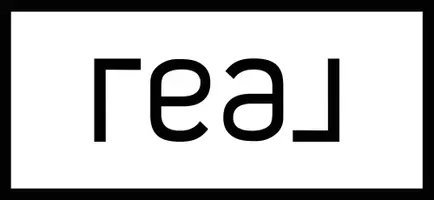The Safest Places to Live in Greater Seattle if the Big One Hits
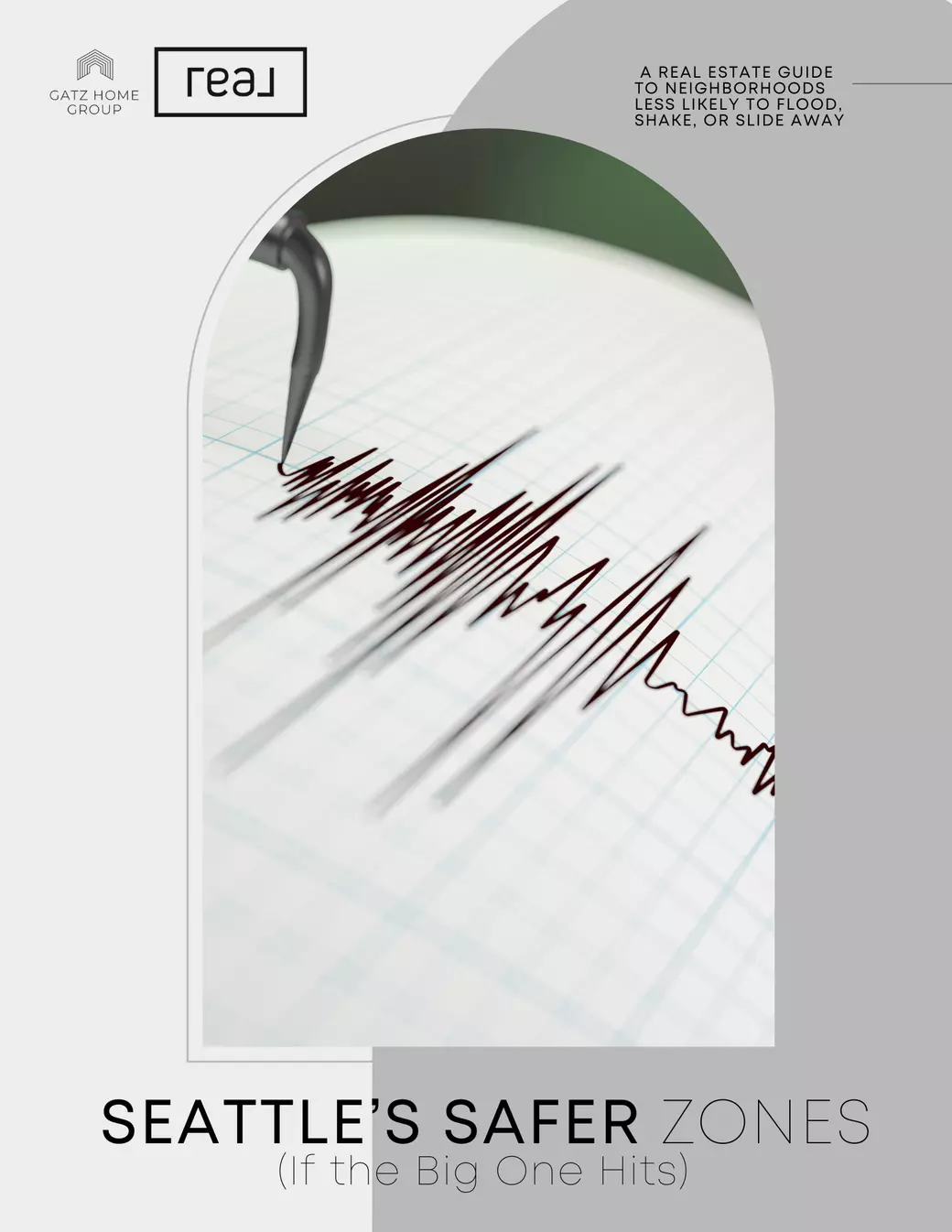
The Safest Places to Live in Greater Seattle if the Big One Hits
Life in the Pacific Northwest comes with its perks, stunning views, access to mountains and water, and vibrant communities. But it also comes with a reality we can’t ignore: earthquakes.
If the “Big One” were to hit, some neighborhoods in Greater Seattle would fare better than others. That doesn’t mean you should avoid certain areas altogether, but if safety is part of your decision-making, here’s what to know.
Understanding Earthquake Risk in Greater Seattle
Not all areas carry the same level of risk. A few factors matter most:
- Soil type & liquefaction zones: Low-lying areas with soft or reclaimed soil face more risk of the ground shifting during a quake.
- Fault lines: The Seattle Fault and South Whidbey Fault run through parts of King, Pierce, and Snohomish Counties.
- Tsunami or lahar zones: Shoreline and valley communities near Mount Rainier face added risks from waves or mudflows.
Safer Neighborhoods in Greater Seattle
North Seattle & Shoreline
- Wedgwood, View Ridge, Ravenna → Elevated, stable soil, away from the waterfront.
- Shoreline ridges → Higher ground and outside the Seattle Fault’s concentration.
Eastside (Bellevue, Kirkland, Redmond, Sammamish)
- Bellevue’s Somerset & Cougar Mountain → Elevated hills with solid geology.
- Kirkland Highlands & Finn Hill → Removed from liquefaction-prone waterfront zones.
- Sammamish Plateau → High elevation, low tsunami/lahar risk, family-friendly.
South Snohomish County (Edmonds, Lynnwood, Mill Creek)
- Edmonds ridges → Elevated and stable, away from liquefaction.
- Mill Creek & Lynnwood → Firmer ground and safer elevation compared to industrial valleys.
South King County (Issaquah Highlands, Maple Valley Ridges)
- Issaquah Highlands → Built on solid hillside, modern construction with retrofitting standards.
- Maple Valley ridges → Elevated, stable ground with suburban lifestyle.
Pierce County (Tacoma North End, Gig Harbor)
- Tacoma’s North End → Elevated bluffs, far safer than tideflats.
- Gig Harbor → Higher ground, family-oriented, with lower liquefaction risk than Tacoma’s industrial areas.
Areas with Higher Earthquake Risk
- Downtown Seattle, SoDo, Pioneer Square, South Lake Union → Built on reclaimed land with high liquefaction risk.
- Interbay & Duwamish Valley → Soft soil + industrial fill.
- Alki Point, Harbor Island, Magnolia shoreline → Tsunami exposure + unstable soil.
- Tacoma Tideflats → Industrial zone with liquefaction and lahar risk.
- Auburn, Orting, Puyallup Valley → Potential lahar paths from Mount Rainier.
What This Means for Buyers
Living in Greater Seattle means some level of earthquake risk no matter where you choose, but not all risks are equal. Safer neighborhoods tend to be on higher ground, with firmer soil and modern construction standards.
That doesn’t mean you should avoid areas with more risk. For many buyers, affordability, commute, and lifestyle matter just as much as geology. The key is going in informed, and knowing what steps you can take to prepare and protect your home.
Final Thoughts
The Greater Seattle area offers plenty of safe, family-friendly neighborhoods that also reduce earthquake risk. From Wedgwood and Shoreline to Bellevue’s Somerset and Sammamish Plateau, buyers have options for balancing safety and lifestyle.
This is just a sample. The full Earthquake Safety Guide includes hazard maps, more neighborhoods across King, Snohomish, and Pierce Counties, and practical prep tips for families. Grab your copy here.
Categories
Recent Posts




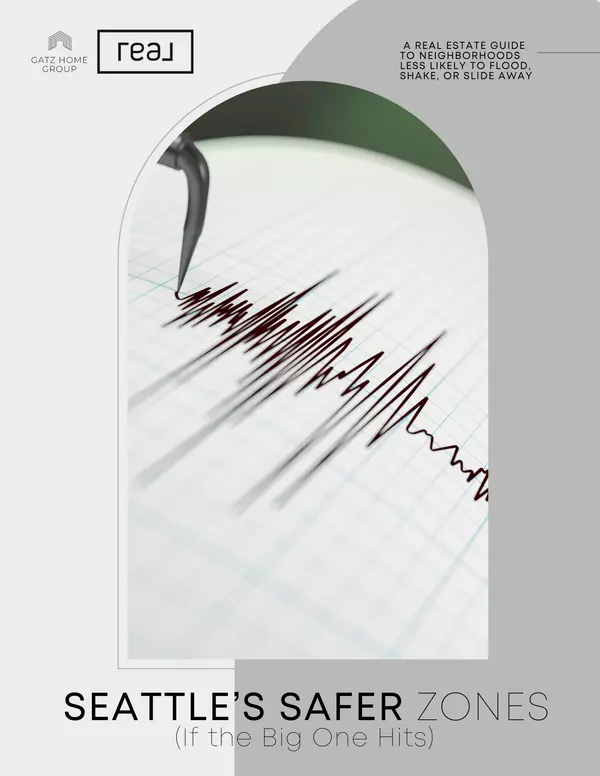

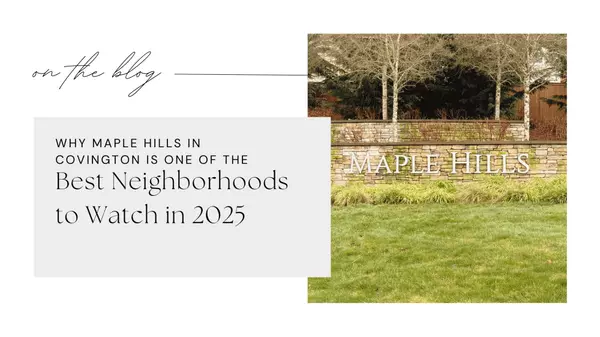


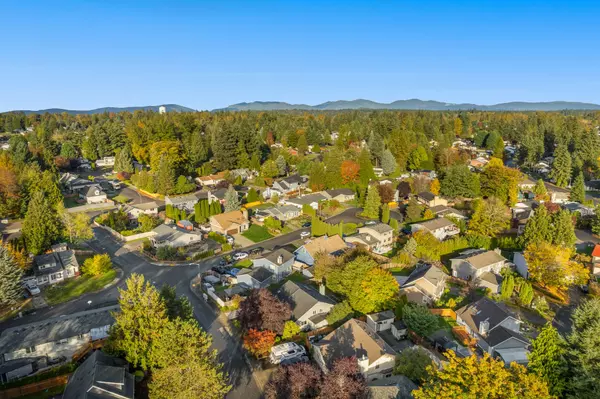
GET MORE INFORMATION


